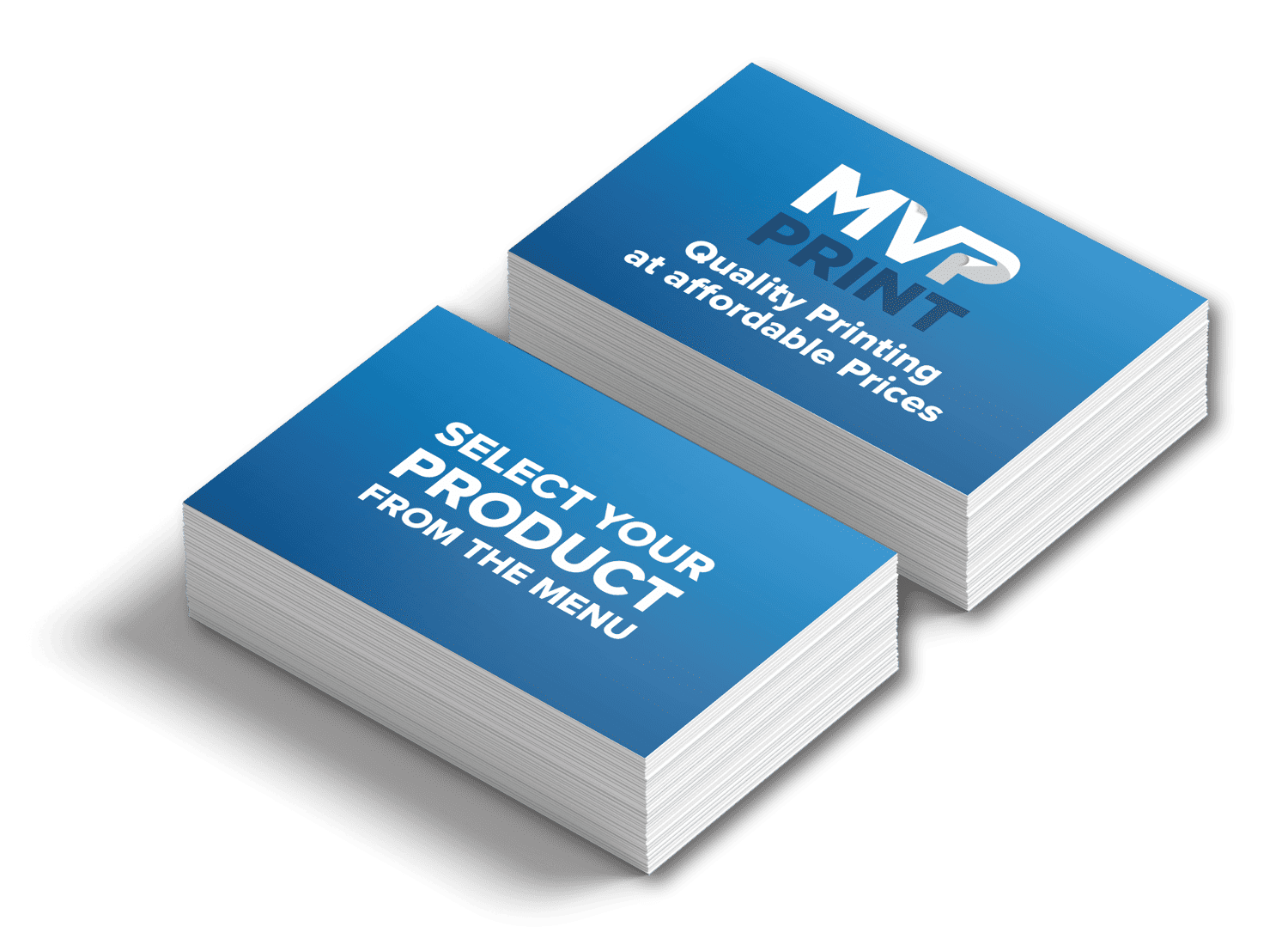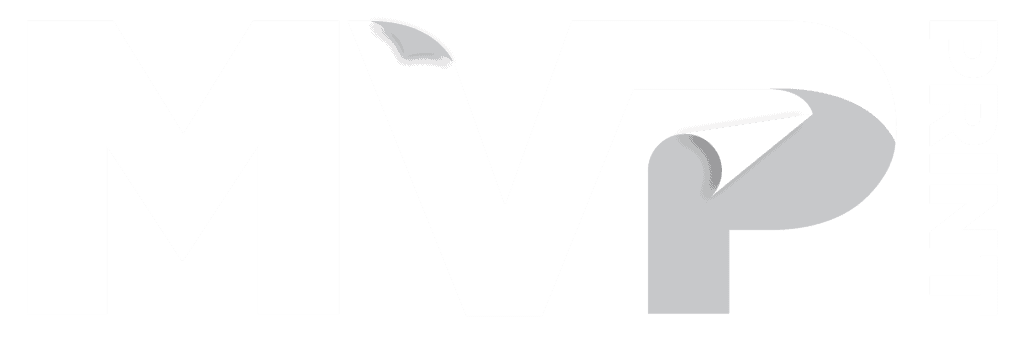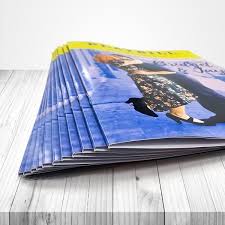
Saddle Stitch Booklet Printing and binding is a preferred method for printing various materials like booklets, brochures, and catalogues. It’s a cost-effective process that folds sheets in half and staples them along the crease. This results in a booklet that lies flat, offering a professional finish.
Booklets with 8 to 76 pages are well-suited for this method. The setup is straightforward, involving only folding and stapling. This simplicity cuts down on costs and time, making it more economical than other binding techniques.
This binding method is adaptable for both small and large print quantities. It’s perfect for creating everything from a compact brochure to a medium-sized magazine. Its efficiency and affordability make it a go-to choice for many printing needs, offering an extensive range of options to cater to different customer preferences.
Introduction to Saddle Stitch Booklet Printing
Saddle stitch booklet printing, or stapled book printing, is a cost-effective method for various printed materials. This includes booklets, brochures, catalogues, and marketing materials. The process involves folding sheets in half and stapling them along the spine. This creates a booklet that opens flat, looking professional.
What is Saddle Stitch Binding?
Saddle stitch binding is a simple method for binding booklets. It involves folding pages in half and stapling them along the spine. This results in a booklet that opens flat, perfect for many print projects.
Ideal Page Range for Saddle Stitch Booklets
Saddle stitch booklets are best for 8 to 76 pages. They’re ideal for projects with a low to medium page count. However, the maximum page count is usually around 60 to 70 pages. Beyond this, the booklet may feel bulky, and binding becomes harder.
For optimal results, the page count must be a multiple of 4. This ensures the binding process is seamless and well-aligned. Folding sheets into 4 pages makes the binding process efficient.
Benefits of Saddle Stitch Booklet Printing
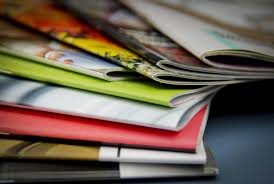
Saddle stitch booklet printing offers several compelling benefits, making it a popular choice for businesses and individuals alike. One of the primary advantages is its cost-effectiveness. This binding method is particularly economical for smaller page counts, allowing you to produce professional-looking booklets without breaking the bank.
Another significant benefit is the fast turnaround time. Saddle stitch booklets can be printed and bound quickly, making them ideal for time-sensitive projects such as last-minute marketing campaigns or event programs. The simplicity of the saddle stitch binding method ensures that your booklets are ready in no time.
Versatility is another strong point of saddle stitch booklet printing. These booklets can be produced in a variety of sizes and formats, including A4, A5, DL and custom size booklets, to suit your specific needs. Whether you need a compact brochure or a medium-sized magazine, saddle stitch binding can accommodate your requirements.
Lastly, saddle stitch booklets have a professional finish. The clean and organized appearance of these booklets makes them perfect for presenting information in a polished and accessible manner. Whether for marketing materials, event guides, or product catalogues, saddle stitch booklets deliver a high-quality look and feel.
Cost-Effective Binding Solution
Saddle stitch booklet printing is a budget-friendly option, ideal for small to medium-sized print runs. It requires minimal materials – just paper and staples. This simplicity makes it a cost-effective binding method for businesses and organizations.
Compared to more complex techniques like perfect binding, saddle stitch offers significant cost savings. The reduced production costs and setup time make it an attractive choice for those with limited budgets.
Saddle stitch booklets are perfect for print runs up to 200 pages, with a maximum of 200 pages at 115 GSM. This ensures the booklets lay flat and look great. The “rule of four” for page counts also enhances the cost-effectiveness of saddle stitch booklet printing.
Saddle stitch binding is versatile, suitable for brochures, small catalogues, magazines, and promotional materials. Its simplicity and efficiency make it a popular choice for businesses aiming to produce high-quality, budget-friendly booklets.
Quick Turnaround Time for Saddle Stitch Booklets
Opting for saddle-stitched booklets offers a significant advantage: a remarkably fast turnaround time. Businesses needing booklets for a last-minute trade show, an upcoming event, or a timely promotional campaign find saddle stitch binding the quickest solution. This method is particularly beneficial for self-cover booklets. The streamlined production process allows for quick production and delivery, often within days.
Artwork for saddle-stitched booklets must be supplied print-ready or approved by 10 am to be printed the same day or the next. In most cases, meeting the required timeframe is achievable. This rapid turnaround is a game-changer for businesses and organisations with tight deadlines. It helps them respond quickly to market demands and seize time-sensitive opportunities.
The efficiency of the saddle stitching process is a major reason for its popularity. Compared to other binding methods, it is both cost-effective and time-saving. This makes it an attractive option for small to medium-sized print runs of booklets, brochures, and magazines. Saddle stitch binding accommodates a wide range of paper sizes, weights, and formats, offering exceptional versatility for diverse print projects.
Saddle Stitch Booklet Printing: The Process Explained
Creating high-quality saddle stitch booklets involves several key steps. The first stage is collating, where pages are arranged in the correct order. This ensures a seamless flow of content. Next, the pages are folded in half, creating a crease that will form the spine of the booklet.
Collating and Folding
The collating process is crucial. Saddle stitch booklets must have a page count that is a multiple of four. This includes counts like 4, 8, 12, or 16 pages. This ensures the pages are laid out correctly, with pages 2 and 3 typically printed on separate sheets. However, in 4-page booklets, they are on the same sheet.
Stapling and Trimming
After collating and folding, wire staples are inserted through the folded sheets along the spine. This securely binds the booklet together. Finally, the booklet is trimmed to the desired size. This removes any excess paper and creates a clean, professional edge. This efficient process makes saddle stitch binding a preferred choice for various printed materials. These include booklets, brochures, magazines, and more. For a more durable and premium look, hard cover options are also available.
Versatility of Saddle Stitch Booklet Printing
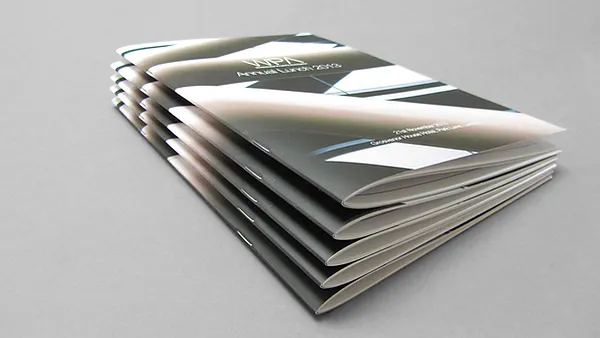
Saddle stitch booklet printing stands out as a versatile binding method, ideal for diverse applications. These stapled books are both compact and affordable, making them a favourite among businesses, event planners, and marketing teams. They are perfect for creating top-notch printed materials without breaking the bank.
These booklets are adaptable for various uses, from marketing materials and event guides to product catalogues and presentations. They can be customised to fit the unique needs of each project. Customers can choose from different paper types, cover designs, and sizes to match their brand and design preferences.
For example, A4 saddle stitch booklets are great for detailed presentations like catalogues or reports. On the other hand, the A5 size is ideal for event guides and smaller catalogues. The paper weight ranges from 80 to 250 gsm, and finishes like gloss, matte, and silk can be chosen to boost the booklet’s look and durability.
In summary, saddle stitch booklet printing is a flexible option for businesses and organisations aiming to produce professional, yet affordable, printed materials. It’s perfect for marketing, event planning, or publishing, offering a way to create high-quality booklets that meet project-specific needs efficiently.
Saddle Stitch Booklet Sizes and Formats
Saddle stitch booklets can be printed in a variety of sizes and formats to suit your needs. Here are some of the most common sizes and formats:
- A4 (210 x 297mm): Ideal for detailed presentations, reports, and catalogues. The larger size allows for more content and visuals, making it perfect for comprehensive documents.
- A5 (148 x 210mm): A versatile size that works well for event guides, smaller catalogues, and brochures. It’s compact yet spacious enough to convey essential information effectively.
- DL (210 x 99mm): This slim format is excellent for promotional materials, such as flyers and event programs. Its unique size makes it stand out and is easy to distribute.
- Custom Sizes: We also offer custom sizes to suit your specific needs. Whether you have a unique project in mind or require a non-standard size, we can accommodate your requirements to ensure your booklet stands out.
Printing and Finishing Options
We offer a range of printing and finishing options to enhance the appearance of your saddle stitch booklets. Here are some of the options available:
- Paper Stock: Choose from a variety of paper stocks, including uncoated paper for a natural look, gloss paper for a shiny finish, and recycled paper for an eco-friendly option. Each type of paper offers a different texture and feel, allowing you to select the best match for your project.
- Ink Coverage: Opt for full-color printing to make your booklets vibrant and eye-catching, or choose black and white for a classic, professional look. Spot color options are also available to highlight specific areas of your booklet.
- Finishing: Enhance your booklets with various finishing options, including folding, trimming, and binding. These finishing touches ensure your booklets have a clean, professional appearance.
- Lamination: Add a laminate finish to protect your booklets and enhance their appearance. Lamination provides a durable, glossy finish that makes your booklets more resistant to wear and tear.
Print Runs and Saddle Stitching Methods
The choice of stitching method for saddle stitch booklet printing often hinges on the print run size. For runs under 500 booklets, hand-fed stitching is a cost-effective and efficient option. This method involves manually feeding each sheet into the machine, folding, and stapling along the spine. It’s perfect for businesses, event promotions, and marketing campaigns.
Hand-Fed Stitching for Smaller Print Runs
The hand-fed stitching process offers a streamlined, customized approach to booklet production. It’s ideal for businesses looking for a cost-effective way to produce high-quality materials. This method is particularly beneficial for smaller runs, making it a go-to for many marketing needs.
High-Speed Stitching for Larger Print Runs
For larger print runs, high-speed saddle stitching is the preferred method. This automated process uses wire staples to bind booklets, making it suitable for extensive publications. It ensures efficient production, even at large scales, meeting the demands of various industries.
Alternative Binding Methods
Saddle stitching is a favourite for its affordability and effectiveness. Yet, other binding methods are suitable for specific printing needs. Perfect binding and coil or wire-o binding are notable alternatives.
Perfect Binding
Perfect binding, or adhesive binding, is a top pick for softcover books, catalogues, and magazines. It employs a robust adhesive to secure pages along the spine, achieving a sleek finish. This method is perfect for longer documents, like reports and brochures.
Coil or Wire-O Binding
Coil or wire-o binding enables books to lie flat and rotate fully. It uses a looped wire or plastic coil through pre-punched holes in the spine. Ideal for manuals and workbooks, it offers a sturdy yet flexible solution.
Design Considerations for Saddle Stitch Booklets

Creating a professional saddle stitch booklet requires careful attention to design elements. The page layout must be meticulously planned to ensure content flows smoothly. Adequate margins are crucial to accommodate staples and prevent losing important information during binding.
Page Layout and Margins
The page layout of a saddle stitch booklet must consider the binding method. It’s vital to use page counts that are multiples of 4 to avoid missing pages. Page creep, where central pages appear shorter, can occur in high-page-count books. Adjustments in layout may be needed to maintain content integrity.
Cover Design and Image Resolution
The cover design, including both the front cover and back cover, should be tailored to fit the staples and look professional. Using 120-150 gsm paper stock for covers enhances durability. The image resolution must be high to ensure clear visuals. Low-resolution images can appear blurry and unprofessional.
File Upload and Review
To ensure that your saddle stitch booklets are printed correctly, we require print-ready files. Here are some guidelines for uploading and reviewing your files:
- File Format: We accept PDF files, as well as other file formats such as JPEG and TIFF. PDFs are preferred for their reliability and consistency in printing.
- Resolution: Ensure that your files are high-resolution, with a minimum of 300 dpi. High-resolution files guarantee that your printed pages will be sharp and clear.
- Bleed: Ensure that your files have a minimum of 3mm bleed to allow for trimming. This extra margin ensures that your design extends to the edge of the page without any white borders.
- Review: Review your files carefully before uploading to ensure that they are correct and print-ready. Double-check for any errors or omissions to avoid any issues during the printing process.
Proofing and Quality Control
We take quality control seriously, and we offer a range of proofing options to ensure that your saddle stitch booklets are printed correctly. Here are some of the options available:
- Soft Proof: We offer a soft proof option, which allows you to review a digital proof of your booklets before they are printed. This digital version gives you a chance to check the layout, colors, and content.
- Hard Proof: We also offer a hard proof option, which allows you to review a physical proof of your booklets before they are printed. This tangible version lets you see and feel the final product, ensuring it meets your expectations.
- Quality Control: Our team checks every booklet carefully before it is dispatched to ensure that it meets our high standards. We inspect the printed pages, binding, and overall finish to guarantee that your booklets are of the highest quality.
By following these guidelines and utilizing our proofing options, you can be confident that your saddle stitch booklets will be printed to perfection.
Saddle Stitch Booklet Printing
At MVP Print, we grasp the significance of crafting top-notch, professional booklets for your ventures. We offer a variety of saddle stitch booklet printing options to meet your needs. Our binding method is both cost-effective and efficient, making it a favourite for urgent projects.
Choosing MVP Print for your booklet printing comes with the benefit of a broad paper stock selection. Options include uncoated paper, self-cover, and various weights and finishes. This allows you to design the ideal booklet, brochure, or catalogue that reflects your brand and style. Moreover, MVP Print provides extensive customisation options, including full colour printing for your cover and content.
Saddle stitching is perfect for booklets or magazines from 8pp to 80pp. We cater to three standard sizes: A4, A5, and DL. Our services can handle up to 50 sheets of 115gsm stock, supporting a maximum of 200 pages per booklet.
At MVP Print, we’re committed to delivering booklets that surpass your expectations. Reach out to us to discuss your saddle stitch booklet printing needs. Let us assist in creating a memorable impression with your printed materials.
Paper Options for Saddle Stitch Booklets
At MVP Print, we grasp the importance of paper choice for your ideal saddle stitch booklet. We present a wide array of paper options to meet your precise needs and tastes. Whether crafting a premium brochure, catalogue, or informative booklet, our diverse uncoated paper, self-cover, and various weights and finishes will match your brand’s image perfectly.
Our standard paper choices for saddle stitch booklets include:
- 100GSM laser paper
- 140GSM uncoated paper
- 150GSM satin paper
These paper types, available in sizes like A5 and A4, help you find the ideal mix of strength, texture, and visual appeal for your booklets, brochures, and catalogues. Our online ordering system simplifies picking the right paper for your project’s needs and budget.
For the best look and function, think about paper weight, opacity, and finish when picking the best paper for your saddle stitch booklets. Our team of experts is ready to assist and guide you through the printing process. We aim to make sure your printed materials surpass your expectations.
Environmental Benefits of Saddle Stitch Booklets

Saddle stitch booklet printing is not just cost-effective and efficient. It also offers significant environmental benefits. The process, which staples the booklet’s inner pages along the spine, uses less paper than other methods. This reduction in material usage helps conserve resources and cuts down on waste, fitting into the growing eco-conscious printing trend.
Moreover, saddle stitch booklets are easily recyclable. The paper and staples used can be recycled, making them a green choice for those looking to lessen their environmental footprint. MVP Print, a leading provider, focuses on eco-friendly stitching practices. They use recycled paper and non-toxic inks in their printing.
Compared to traditional binding methods, saddle stitching also needs less energy. This reduces the carbon footprint of the printing process. MVP Print is always looking for new stitching techniques to improve sustainability and reduce waste. They actively support the green printing movement and offer sustainable solutions to their clients.
